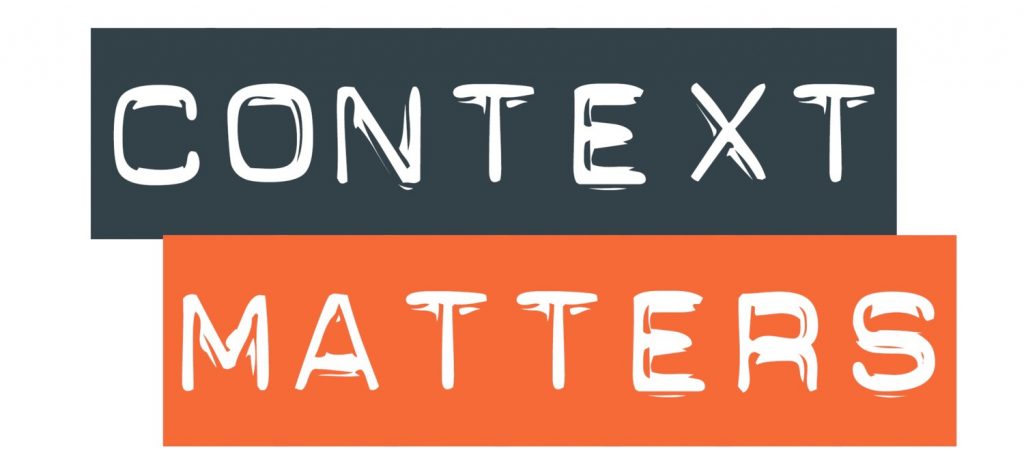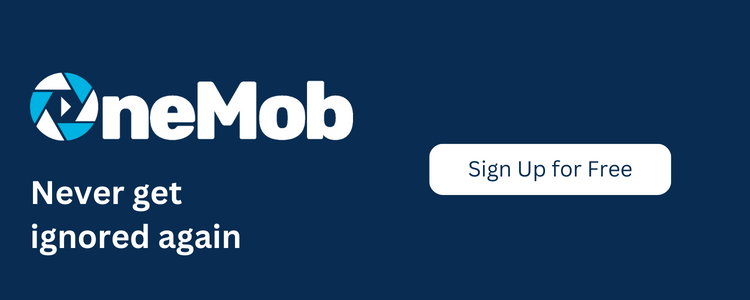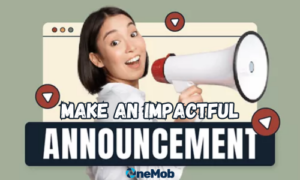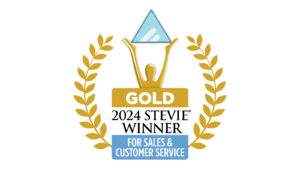
Selling is an art. But even the best masterpieces start with a foundation, outline or framework. Selling is no different. I believe those 3 pillars are:
- Content
- Context
- Call to Action
As you think about your selling strategies for 2019, I recommend you think about your foundation and optimize your technology accordingly. The right foundation will not only equip your sellers for success, but it will combine the right departments in the organization to work together. Because selling is a team sport, especially B2B selling.
Content
Content is King! If there’s one thing we can learn from Hollywood, great content wins. Even as Netflix, HBO, Amazon Prime, and many others battle it out for consumer mindshare, it’s the engaging content that gets consumers to return (or binge watch all night). Same is true with selling, buyers are looking at content to help them make their purchase. These 3 stats say it all:
- 82% of buyers viewed at least 5 pieces of content from the winning vendor (Source: Forrester)
- 94% of B2B buyers view multiple pieces of content from the vendor they ultimately select (Source: DemandGenReport)
- On average, customers engage with 11.4 pieces of content prior to making a purchase (Source: Forrester)
As a seller, content should be as important (at least top 3) as the CRM/tools you use to do business. And if your company is large enough, you should be leveraging your Marketing team to give you access to the latest, greatest and most relevant content.
But let’s be honest, what really happens? Tell me if this sounds familiar.
- Seller finds some random PDF/PPT or web link, and sends it blindly to a buyers (expecting it’s some magic bullet to seal the deal)
- Marketing has no idea what sellers are using and if it’s even the latest and greatest
- Seller and Marketing have no idea if buyers even looks at it
As a result, you buyers have no context with all the content being shared. Buyers are busy, and it’s not realistic to expect them to make sense of all your content out there…without context. This is an opportunity to start working smarter, not harder. More on that later.
Context
Context is relevance. If the buyer doesn’t see WIIFM (What’s in it for me?), they are going to move on. The best content in the world can mean diddly-squat if there’s no context for the buyer reviewing it. So how do you provide context. Well, ideally you do that in person. This is why it’s rarely a good idea to send over a PPT cold. You need to add a storyline. You could attempt to write that out in the email, but that’s going to be too long and likely won’t be read.
So if you can’t be there in person, be there virtually through video. Video is a fantastic medium to add context such as:
- Who you are: If you’re asking for money, at least have the decency to tell the buyer who you are
- What you want: Time is precious, tell the buyer what you want and…
- Why should the buyer care: Remember WIIFM…yes, this is about the buyer, not you
- What next: What do you want the buyer to do next if interested
So you’ve put together the perfect content, and you’ve added some personal and engaging context. Last but not least, you need a call to action.
Call to Action
Call to Action is the close. It may not be the close of sale, but it should be moving the buyer in that direction. Ask the buyer what you want (remember, if you don’t ask, you won’t receive). But the ask needs to match the content and context. If you’re just starting the dialog, maybe the ask is to register for an event or book a time to meet. If you are further along, maybe it’s to review and approve the order. If this is post-sales, maybe it’s to review the 30-60-90 day rollout plan. Always have a call to action (unless it’s a purely informative message) that’s appropriate to the state of the buyer journey.
Summary
By 2020, customers will manage 85% of the buyer’s journey without interacting with a single human being (Source: Gartner). This means that content will only become MORE important, and so will the need for context and call to action. And remember, 80% of buyers want to continue to receive content after a sale is completed (Source: MarketingProfs), so this approach will help you in both net-new sales and support/renewals/growth.
If you’re looking for a platform to provide your sales, customer success and marketing teams a way to quickly pull together content, add personalized and relevant context, and display engaging call to actions, check out OneMob. OneMob allows sellers to pull together multiple pieces of content on a single company branded web page, add a personal video for context, and display multiple call to actions to elicit a response from your buyer. Every action made from the buyer is tracked, so the seller (and Marketing) know what content is being viewed, by who, and for how long. And all these activities are automatically logged back to your CRM like Salesforce and Microsoft Dynamics.







